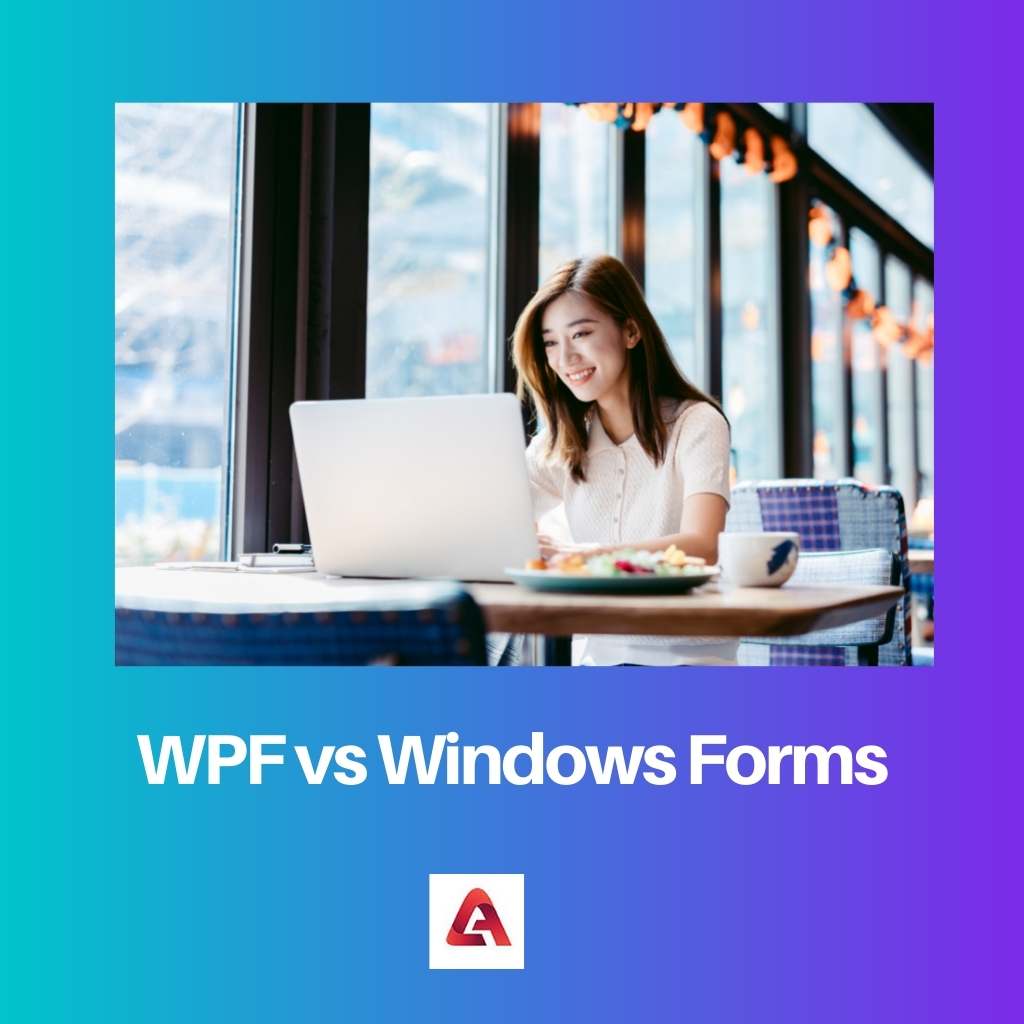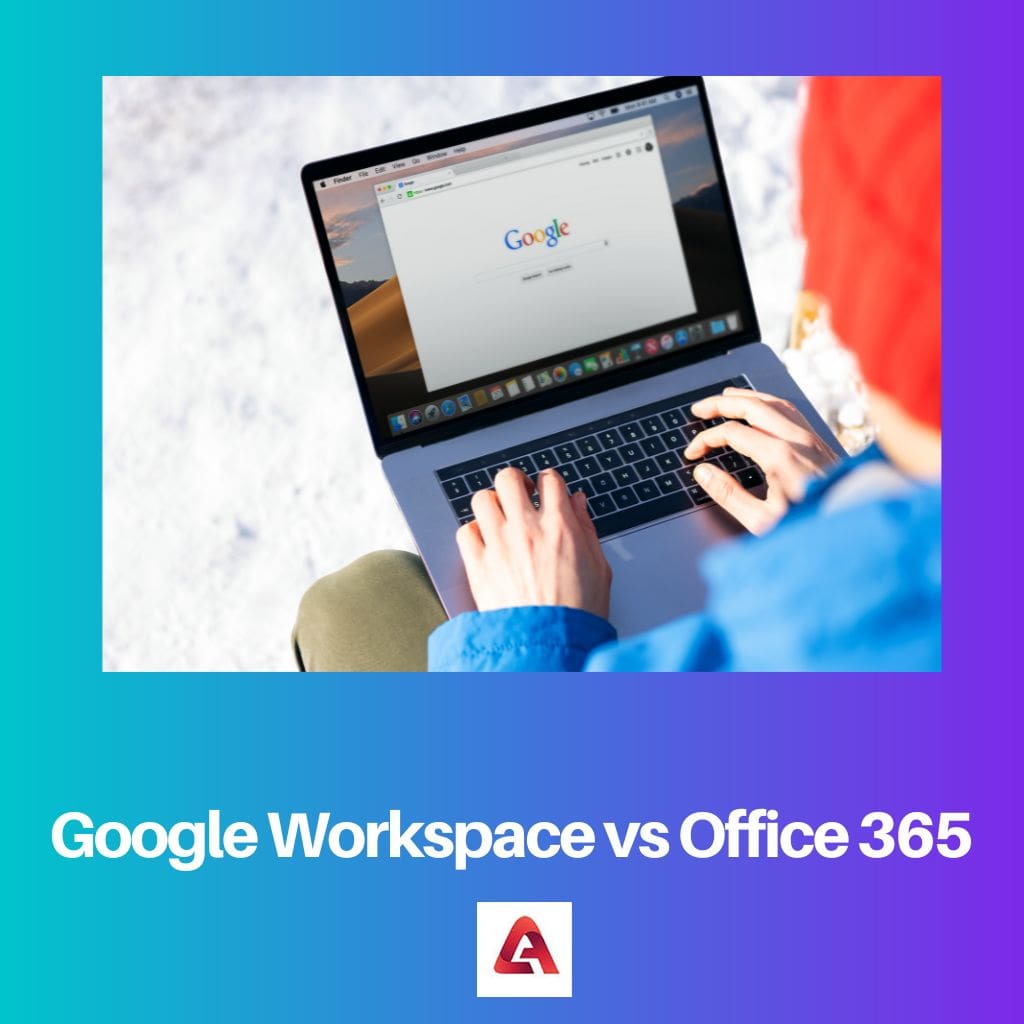W.P.F is an umbrella term for Microsoft’s Windows Presentation Foundation, while WinForms is a simple concatenation of Windows Forms Apps. These are both Microsoft’s Windows Apps Graphical User Interfaces, which programmers may utilize to create Desktop computer applications. We’ve been using Windows Forms for quite some time. Meanwhile, WPF is a new Windows software development platform that is based on a novel concept.
Key Takeaways
- WPF (Windows Presentation Foundation) enables modern UI design and multimedia.
- Windows Forms provides a simpler, traditional approach to creating Windows applications.
- WPF applications are more scalable and support advanced graphics features.
WPF vs Windows Forms
Windows Forms was introduced with the .NET Framework 1.0 in 2002, and it provides a traditional way of creating desktop applications using forms, controls, and events. WPF was introduced in 2006 with the release of .NET Framework 3.0. It is a more modern and flexible framework that uses XAML.

WPF is an abbreviation for Windows Presentation Foundation. It is, as the name implies, a UI framework for designing Windows or desktop application programs. It is the most recent GUI framework method utilized with the .NET framework. It was designed in order to create Windows client programs that operate on the Windows version, as well as the next generation of Windows forms.
Windows Forms is a graphical user interface-based method launched with the.NET framework. It was the primary.NET API for building GUIs even before WPF and Silverlight. Aside from the runtime and the operating system, producing a standalone application does not need any further support. WinForms programming is incredibly simple since it is based only on the drag-and-drop placement of UI components on the canvas. It is the traditional platform for creating desktop applications.
Comparison Table
| Parameters of Comparison | WPF | Windows Forms |
|---|---|---|
| Advance | Contemporary application development idea | An already well-established paradigm desktop application |
| Convenience | Difficult to use | Simpler to use |
| Extensible | UI elements in programs are very scalable | Windows forms are less expandable |
| Layout | Used to design the user interface (UI) | Not utilized where design is necessary |
| Security | Holds more secure features | Acquires less secure capabilities |
| Performance | Does things at a much faster rate, however, it is difficult, time-consuming, and complicated to use | Achieves things at a slower rate, is however easier to handle, less time-consuming, and less difficult |
What is WPF?
Microsoft announced the Windows Presentation Foundation (WPF) in 2007 to replace WinForms. Development of desktop applications using the Net Framework. This sequence resulted in several improvements in desktop development applications. Because of its built-in functionality, “user interface virtualization” allows it to manage massive data sets.
The presentation framework, presentation core, and mallcore are the three major aspects of WPF architecture. UI components in WPF are created in XAML, whereas actions can be expressed in a procedural programming language.
With XAML in WPF, programmers and designers may collaborate in real time. WPF is a robust framework for developing Windows applications, including capabilities such as data wrangling, video services, themes, animations, direct3D, and alternate input.
Microsoft technologies such as Visual Studio and Expression Blend may be used to create WPF applications. The developer creates the WPF program mostly with VS, whereas the designers produce WPF apps primarily with Blend.
Designers may still click and drag items on the Windows page using the Canvas Panel, exactly as in WinForms. The chief difference between WPF and other frameworks is the XAML file and the accessibility to a visual designer that arrives with the XAML file.
WPF is regarded as effective when the software demands a wide range of media types, creating a skinned user interface, binding to XML, and developing a desktop application with a web-like navigation style.
What is Windows Forms?
Windows Forms was released in February 2002 as a graphical user interface-based alternative to the .Net Framework. Windows forms provide a shell made up of a set of C++ subdomains for building application software in Windows programs, so each command in a Windows form program is a specific representation of the system.
It has a number of controls, including input fields, icons, labels, and web pages, as well as the ability to construct a custom control. In Visual Studio, a Windows form designer tool can manage the elements on the forms and organize them in the appropriate prototype for attaching software to manage the signals.
Application settings are another feature in Windows forms that allows you to generate, save, and preserve information. To develop an application model, the Windows form class may be expanded via inheritance, enabling code abstraction and reusability. Forms should be concise, with options to minimize their size.
Forms may be divided into parts and packed as components that can self-update. The application’s design allows flexibility, scalability, and simplicity of troubleshooting and maintenance. Windows forms are not permitted to be transmitted over the application domain border.
Main Differences Between WPF And Windows Forms
- WPF is a contemporary or advanced application development idea, whereas Windows Forms is an established paradigm for producing desktop applications.
- WPF is difficult to use since it necessitates an extensive understanding of the controls, whereas Windows forms are simpler to use when designing apps.
- WPF UI elements in programs are very scalable. However, if the User Interface element has to be modified later, Windows forms are less extensible.
- WPF has more security features, whereas Windows forms have less secure capabilities.
- WPF is primarily used to design the user interface (UI) of programmes, as well as to design and build both Windows applications and web applications, whereas Windows forms are not utilised where design is necessary.
- WPF does things at a much faster rate than Windows Forms because it enables effective and fully supported data binding, whereas Windows Forms achieves things at a slower rate since it delivers data binding, however in a restricted fashion.
- https://books.google.co.in/books?hl=en&lr=&id=558i6t1dKEAC&oi=fnd&pg=PR11&dq=WPF+and+windows+forms&ots=g1riEEEVIU&sig=C27YJSj6xd1E-rYIvF5JiCxJp4Y
- http://search.ebscohost.com/login.aspx?direct=true&profile=ehost&scope=site&authtype=crawler&jrnl=09765697&asa=Y&AN=121071478&h=dQdCGK2IdSjZSbs1ezWURQPHLsEIDuo8My84MeVbSJvX4Pk7fVAJ6mOF3KW%2BoI0ryrlgnJKoRichJErGvQlL6A%3D%3D&crl=c





